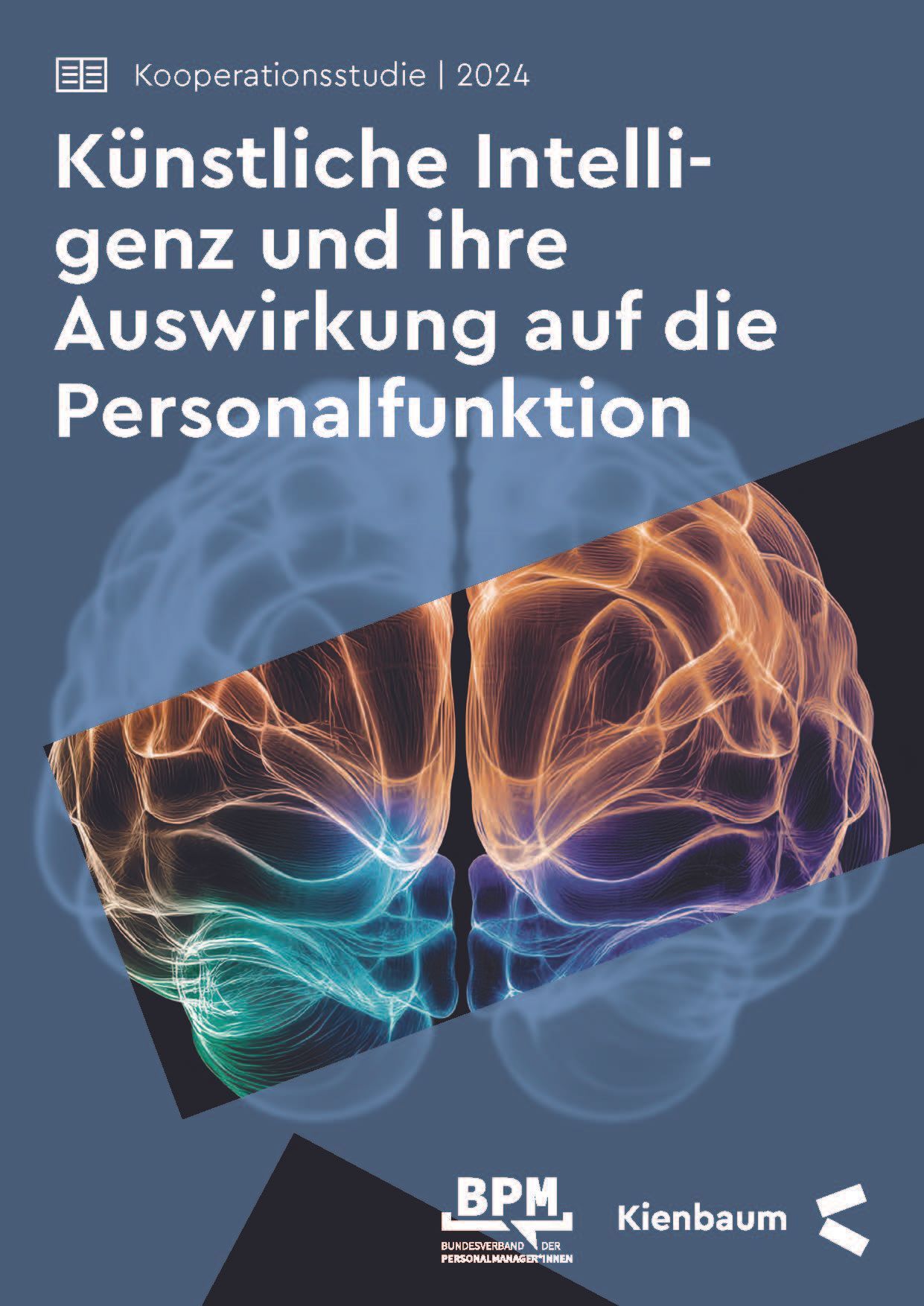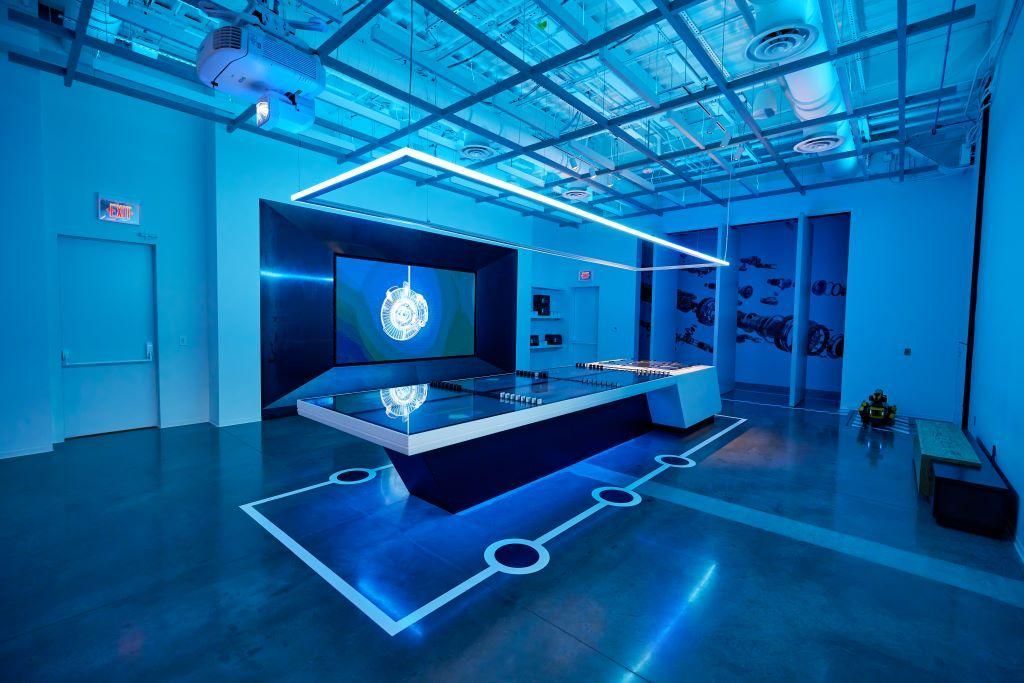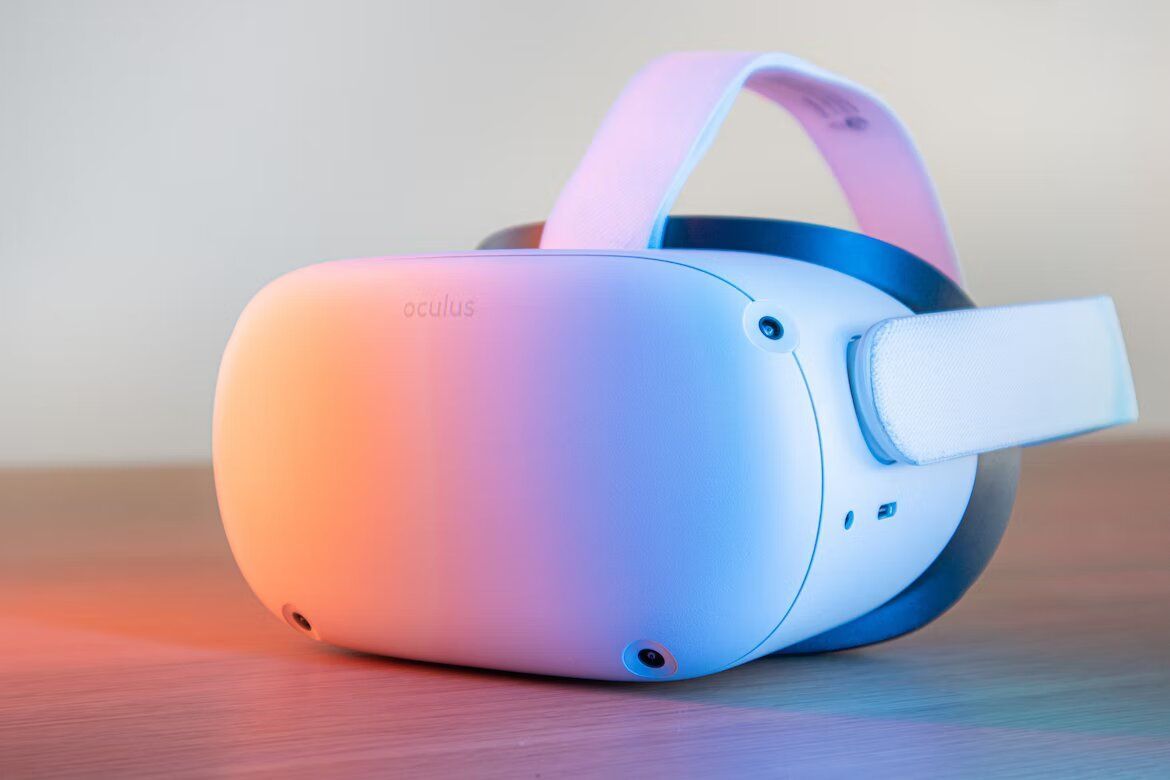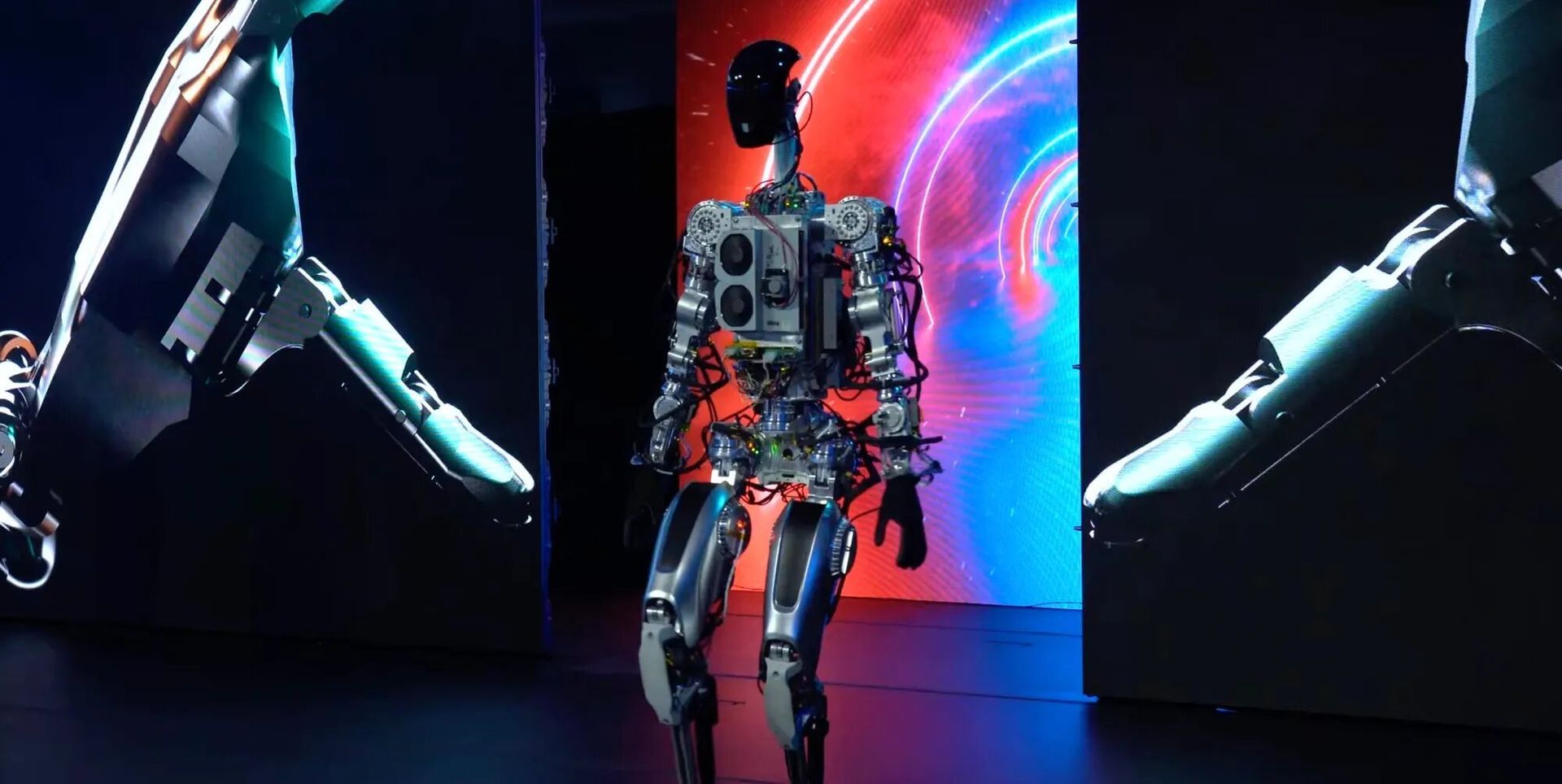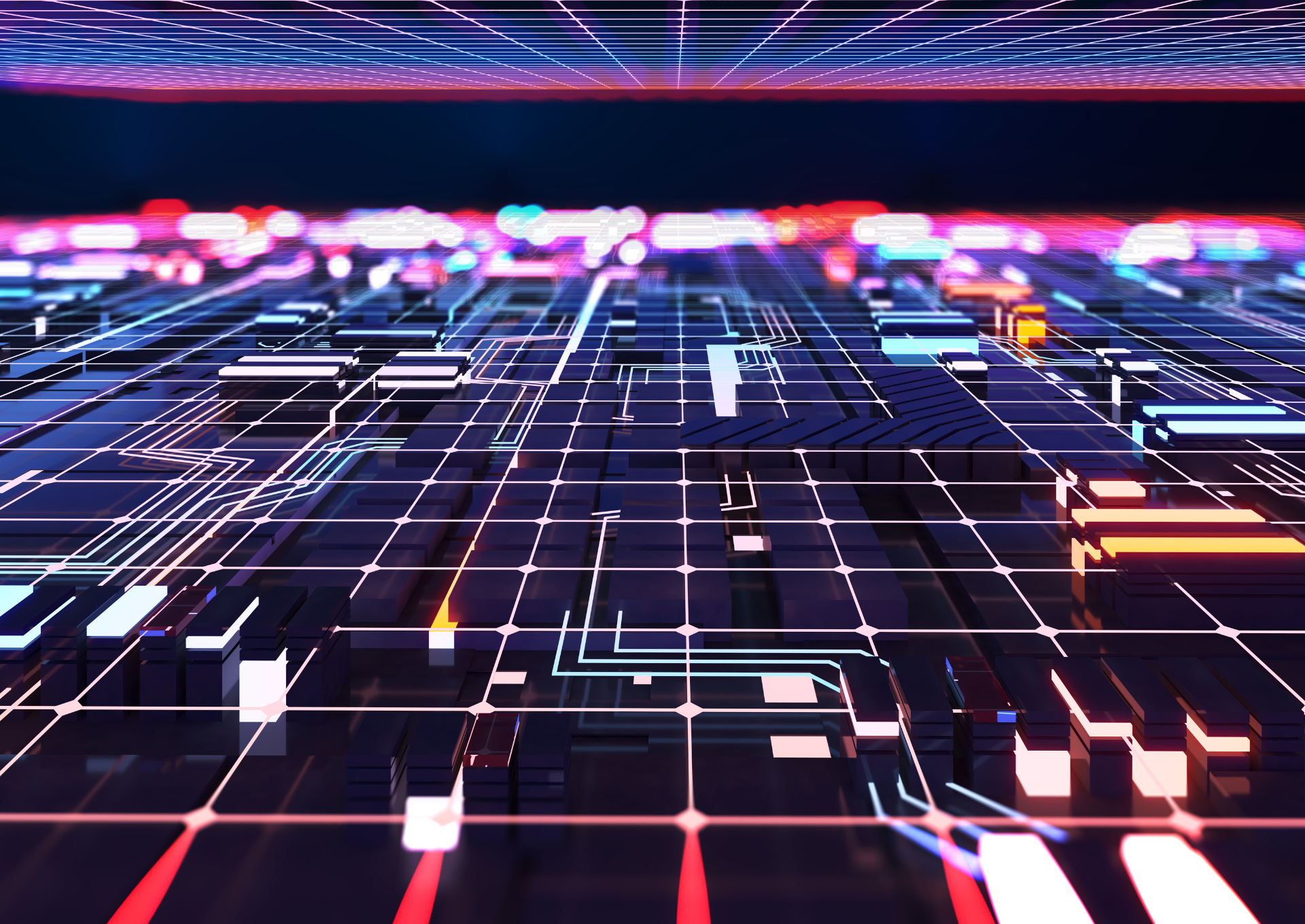The Integration of AI with Robotics
A Transformative Shift in the Labor Market
As a managing partner of an executive search firm in Europe, I have witnessed numerous technological shifts over the years, but few hold as much potential—and present as many challenges—as the integration of artificial intelligence (AI) with robotics. This powerful combination is set to revolutionize industries across the globe, ushering in changes that could replace human labor on an unprecedented scale.
The Rise of AI-Powered Robotics
AI and robotics have individually advanced by leaps and bounds in recent years. Robotics has evolved from simple, repetitive mechanical tasks to complex operations, and AI has matured into a sophisticated technology capable of learning, reasoning, and adapting. When these two forces are combined, the result is a new breed of autonomous systems that can perform tasks with a level of precision, efficiency, and speed that far surpasses human capabilities.
From manufacturing floors to logistics centers, from healthcare to retail, AI-powered robots are being deployed to handle tasks that were once the domain of human workers. These robots can work 24/7, don’t require breaks, and can be programmed to optimize their tasks continuously. As a result, businesses are increasingly looking to AI and robotics to cut costs, increase productivity, and maintain a competitive edge
The Impact on the Workforce
While the integration of AI and robotics presents clear benefits for businesses, it also raises significant concerns about the future of work. The potential for job displacement is real, and the scale at which it could occur is unprecedented. Jobs that involve routine tasks—such as assembly line work, data entry, or even certain customer service roles—are particularly vulnerable. However, even more complex jobs that require decision-making, pattern recognition, or creative problem-solving are not immune, as AI systems become more sophisticated.
This shift demands a proactive approach from businesses, policymakers, and the workforce itself. For companies, the focus should be on reskilling and upskilling their employees, preparing them for roles that AI and robotics cannot easily replicate. Governments and educational institutions must also play a crucial role in creating programs that equip workers with the skills needed in this new economy.
Opportunities in the AI and Robotics Era
While the transition may be challenging, it’s important to recognize the opportunities that AI and robotics present. The adoption of these technologies could lead to the creation of new jobs—particularly in fields such as AI development, robotics maintenance, and data analysis. Moreover, businesses that successfully integrate AI and robotics into their operations can unlock new efficiencies, innovate faster, and ultimately deliver more value to their customers.
For the workforce, this shift is an opportunity to move away from routine, monotonous tasks and toward more fulfilling, creative, and intellectually challenging work. It’s a chance to harness the power of AI to enhance human capabilities rather than replace them.
The Role of Executive Search Firms
In this rapidly changing landscape, executive search firms have a critical role to play. As businesses navigate the integration of AI and robotics, they will need leaders who understand these technologies and can drive their successful implementation. Identifying and recruiting such talent will be crucial for companies looking to stay ahead of the curve.
Moreover, as companies evolve, so too must their leadership teams. This means finding leaders who are not only technically adept but also have the vision and strategic thinking required to guide their organizations through this transformation. Executive search firms must adapt their strategies, leveraging data-driven approaches and deep industry insights to find the right leaders for this new era.
Conclusion
The integration of AI with robotics is not just a technological trend—it’s a transformative shift that will redefine the labor market. As we stand on the brink of this new era, it’s essential to approach these changes with a balanced perspective, recognizing both the challenges and the opportunities they present.
Businesses, policymakers, and workers must work together to ensure that the benefits of AI and robotics are realized while mitigating the potential downsides. With the right strategies in place, we can harness the power of these technologies to create a future where human creativity and innovation are enhanced, not replaced, by machines.
As leaders in executive search, we are committed to helping businesses find the talent they need to thrive in this rapidly evolving environment. The future of work is being shaped now, and together, we can ensure that it is a future where both technology and humanity flourish.
This article reflects the views and experiences of a managing partner at an executive search firm in Europe, focusing on the emerging trends and their implications for the future of work.




